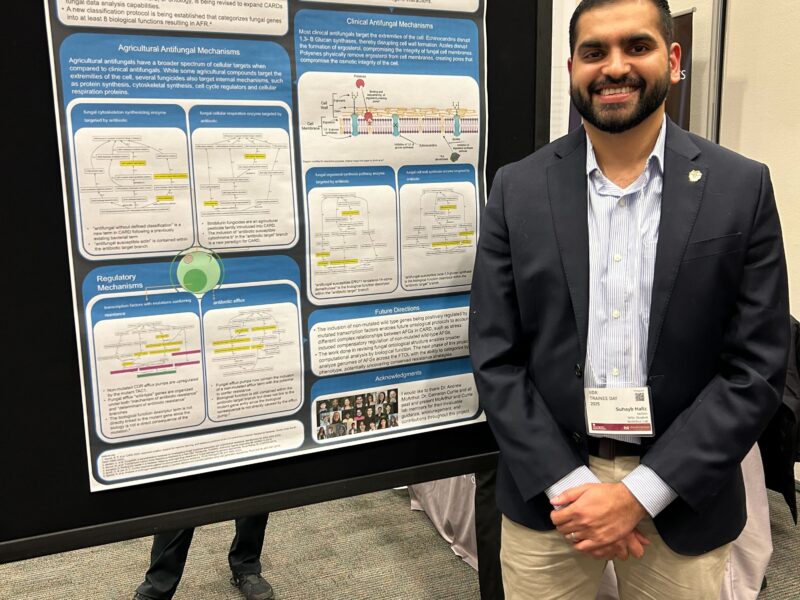 Sjaarda, C.P., J.L. Guthrie, S. Mubareka, J.T. Simpson, B. Hamelin, H. Wong, L. Mortimer, R. Slinger, A.G. McArthur, M. Desjardins, K. Douchant, Ontario’s COVID-19 Genomics Rapid Response Coalition, N. Fittipaldi, R.I. Colautti, & P.M. Sheth.
Sjaarda, C.P., J.L. Guthrie, S. Mubareka, J.T. Simpson, B. Hamelin, H. Wong, L. Mortimer, R. Slinger, A.G. McArthur, M. Desjardins, K. Douchant, Ontario’s COVID-19 Genomics Rapid Response Coalition, N. Fittipaldi, R.I. Colautti, & P.M. Sheth.
Genome-wide variation in SARS-CoV-2 reveals evolution and transmission dynamics which are critical considerations for disease control and prevention decisions. Here, we review estimates of the genome-wide viral mutation rates, summarize current COVID-19 case load in the province of Ontario, Canada (5 January 2021), and analyze published SARS-CoV-2 genomes from Ontario (collected prior to 24 November 2020) to test for more infectious genetic variants or lineages. The reported mutation rate (∼10-6 nucleotide [nt]-1 cycle-1) for SARS-CoV-2 is typical for coronaviruses. Analysis of published SARS-CoV-2 genomes revealed that the G614 spike protein mutation has dominated infections in Ontario and that SARS-CoV-2 lineages present in Ontario have not differed significantly in their rate of spread. These results suggest that the SARS-CoV-2 population circulating in Ontario has not changed significantly to date. However, ongoing genome monitoring is essential for identification of new variants and lineages that may contribute to increased viral transmission.

